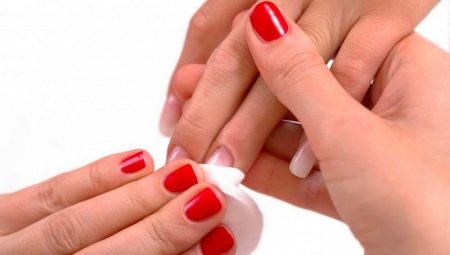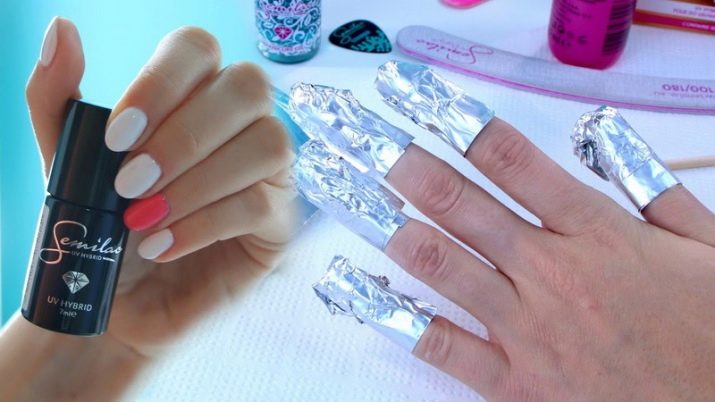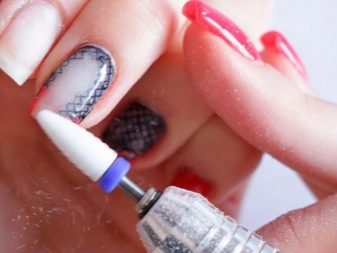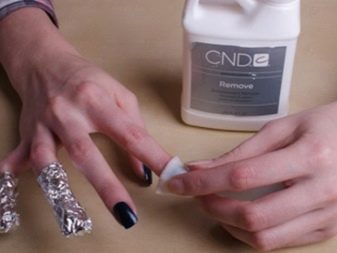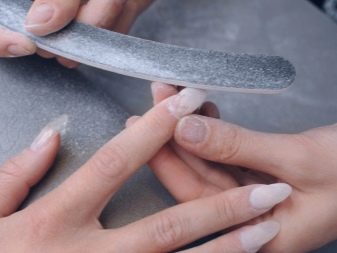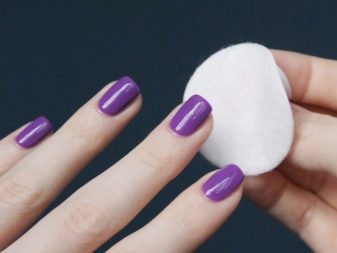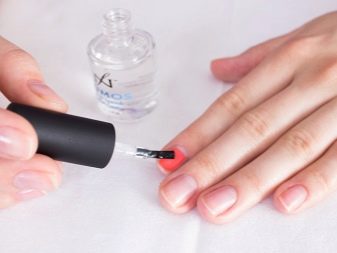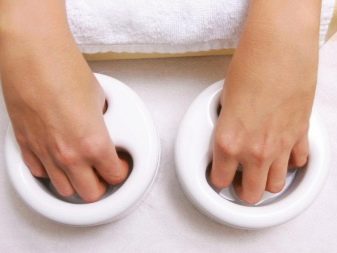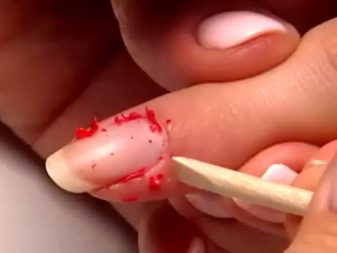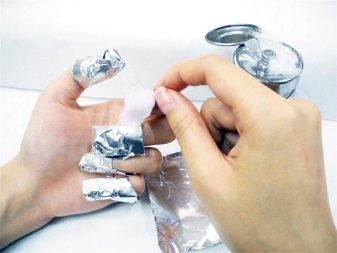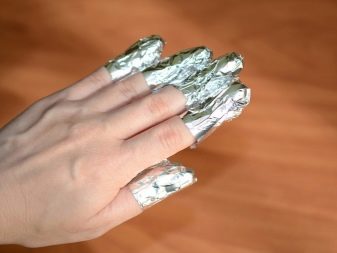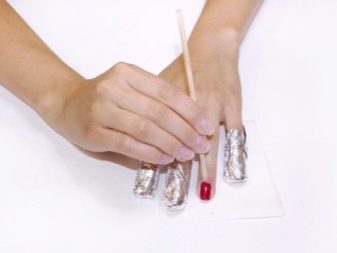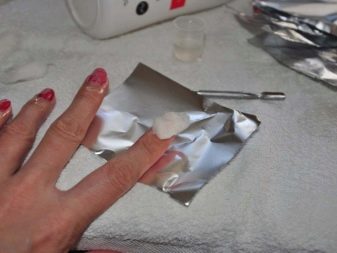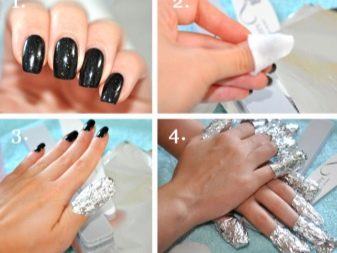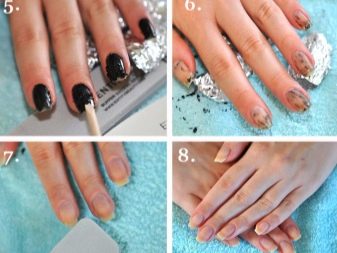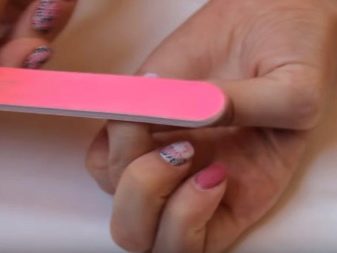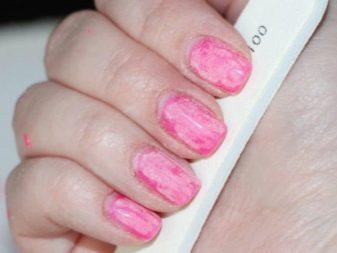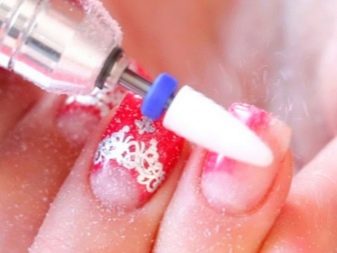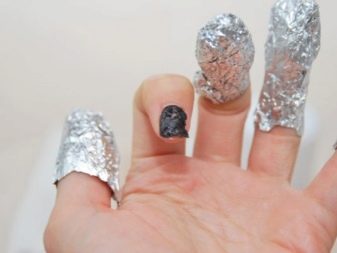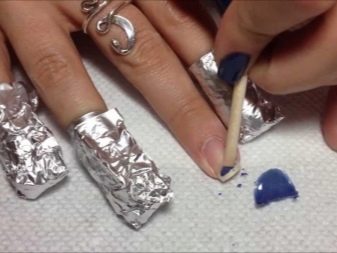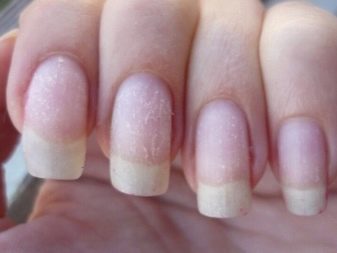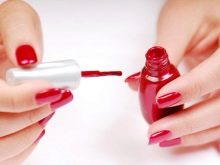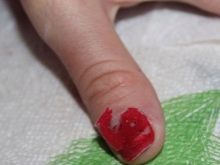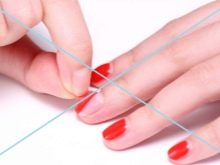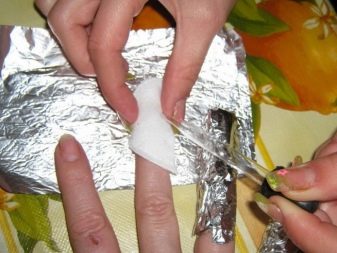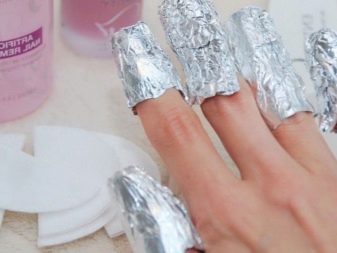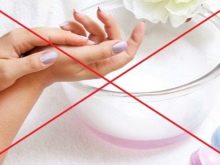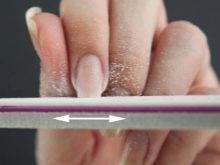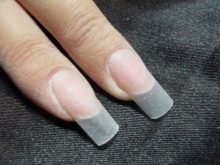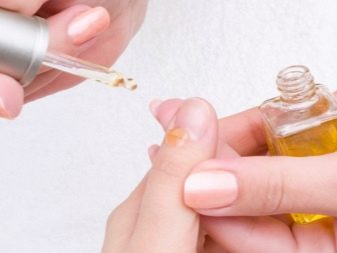Gel polish for nails is becoming increasingly popular: this coating has a bright rich color, lasts up to three weeks, allows you to grow nails and not worry that the manicure will quickly deteriorate. Nevertheless, there are also disadvantages in the application of the gel - in particular, removal at home is problematic, since the coating adheres tightly to the nail plate, there is a risk of damaging the nail. But with proper accuracy and compliance with all the rules, you can remove the gel varnish at home even without special tools.
Best ways
To remove the coating from the nails, it is not necessary to go to the salon: you can remove the gel polish at home without harm. In the salons it is removed in two ways: cut with the help of the apparatus or put a means for removal, and then keep your fingers under the foil. At the same time there are other options: you can remove the gel at home without an apparatus and without a special liquid. It is possible to use the most common substances for such purposes - lacquer, alcohol, acetone or a tough nail file.
All these methods are equally effective, but require caution. Getting rid of gel polish is a long process, do not expect to do it in five minutes. If you hurry and just break off the coating by hand, there is a risk of seriously damaging the nail plate. If you act gradually and according to the instructions, the gel can be gently removed without foil, without apparatus and without special means.
Plain clear varnish
Surely every modern woman in the apartment has a colorless varnish. Few people know that it can be used not only to strengthen the nails, but also to remove any lacquer layer. To do this, follow these steps.
- Wash your hands and degrease the nail with gel polish. It is important that the clear varnish adheres tightly to your current coating.
- Spread clear varnish on top of the gel. Need to do some pretty dense layers. The thicker the coating, the easier it will be to remove.
- Now make a warm bath for hands to steam the nails. The ideal solution would be water with the addition of soda. Keep your hands in a warm bath for 2–3 minutes.
- Take an orange stick and start slowly removing lacquer with it, moving from the base of the nail plate to the finger tips. This method will help to remove the gel carefully and without damage.
- If the first attempt fails to remove the entire gel, remove what separates easily, and then repeat the procedure — if the gel was applied in several thick layers, it may take several attempts to get rid of it completely.
This method is quite gentle, but takes a lot of time and effort. Usually colorless varnish is used in those cases when there is no suitable liquid or nail file for stripping at hand. If you have alcohol, acetone or a hard nail file, it will be easier to get rid of the old coating with their help.
Alcohol or vodka
For safe and comfortable removal of the gel, you can use medical alcohol or vodka. This is a fairly safe option for nails, which also helps to get rid of the gel gel polish perfectly. The method of their use is as follows.
- Alcohol or vodka should be mixed with running water in a 1: 1 ratio.
- With the help of cotton wool, it is recommended to apply alcohol abundantly on each nail.
- Keep alcohol on the nails have at least 15 minutes.but for this procedure it is important that the nails are warm and the alcohol itself does not evaporate. You can wrap each nail with regular food foil, as is done in the salon, and if the foil was not at hand, you can simply put on thick gloves or bags on your hands.
- After 15 minutes, try to remove the varnish with an orange stick on one of your fingers. If the coating moves away easily, you can go to the other nails. If, however, it is not possible to get rid of the gel, it means that your nails need more time - perhaps the layers of gel polish were applied especially densely. Leave the alcohol on the nails for another 5 minutes.
- Waiting too long is not recommended - 20 minutes should be enough to remove any coverage. Methodically clean the softened varnish, moving from the base of the plate. Movement should be vertical and smooth.
Acetone
In many removal fluids, acetone is included. It perfectly cleaves any synthetic coating - in particular, gel polish. Nevertheless, you need to consider that this is an extremely aggressive substance that is harmful to the structure of the nail: if used improperly, the nail will become soft and brittle. To prevent this from happening, acetone, like alcohol, needs to be diluted with water 1: 1, and keeping it on the nails is as little as possible.
The method of use of acetone is almost no different from the use of alcohol: You need to apply the liquid on the nails and eliminate the possibility of evaporation using foil, gloves or bags. At the same time, acetone acts stronger, so after 10 minutes you can gently begin to clean the coating - usually this time is enough. After using acetone, do not forget to wash your hands thoroughly with soap and water to avoid aggressive chemical attack on the skin and nails.
Nailfile
If you need to remove the gel at home, you can just cut it. In the salons for this device is used with a high speed of rotation of the file, but at home, this procedure also succeeds. Well, if you have an electric roller file intended for a pedicure - it will go faster with it. If it is not, the most ordinary rigid file will do.
It should be noted that when using a file, you almost inevitably damage the top layer of the nail plate. However, it is not scary if you have initially healthy nails. Careful use of the file will minimize damage. This method is chosen because it is fast and relatively uncomplicated.
You just need to take the file, put it flat and methodically grind the coating with the nail. It is important to make movements in one direction. When you take off the top layers of the cover, the movements should be energetic and intense. As you approach the nail plate itself, it is worth working with a file very carefully. It is better to do the finishing touches with a soft file: it will allow you to competently process the surface of the nail, remove the remnants of the base and leave the nail perfectly smooth.
Common mistakes
Gel-lacquer coating adheres tightly to the nail - due to this, the lacquer has its phenomenal stability. Unfortunately, very often women spoil their own nails in trying to remove the coating themselves. In this regard, the procedure for the removal of gel polish is especially popular in salons. Although the withdrawal at home has the potential to be safe, if you avoid popular mistakes.
The mistake of many women lies in the fact that they begin to remove the pieces of cover manually. After long wearing, the lacquer can fall off in separate places, which creates the impression that it can be easily removed in one motion, but this is very deceptive. If in one place the gel moves away from the nail, in the other it can still remain tightly adhered. Trying to tear off the gel layer, you tear off the top layer of the nail plate. It will not look too aesthetically pleasing, and will also make the nail brittle, which will require a long recovery period.
Many people practice gel removal with alcohol and acetone, while underestimating the need to cover the fingers after applying the liquid. Meanwhile, the use of gloves, foil or film is a prerequisite for the success of the entire procedure. The fact is that it will take some time for the hard coating to be split in order for a chemical reaction to occur. Alcohol and acetone tend to evaporate very quickly from the surface in the open air, so if you don’t cover your nails, you cannot achieve the desired effect.
Some people think that you need to keep alcohol and acetone as long as possible to get the effect, but this is also a serious mistake. These fluids adversely affect the state of the nail plate, so keeping them on the nails for half an hour is not recommended. Choose for yourself the ideal minimum time for successful dissolution of the coating, but do not leave the nails with the applied liquid for too long.
Another mistake is often made in attempts to remove the gel with a nail file - some people think that it will be better if the nails are steamed out. To do this categorically should not be. Steaming is useful when removing with a clear lacquer, when you shift the coating with a soft wooden stick and there is no risk of damaging the nail. When you work as a file, additionally soften the nail plate is contraindicated - so you can easily damage it.
Some believe that when working with a saw, the direction of movement is not so important, so you can cut the varnish in any direction. This is not quite true. It is imperative that you work the nail file all the time in one direction on one nail. This will minimally injure the nail plate and keep the nail smooth. Otherwise, you will encounter cracks and irregularities on the surface of the nail, which will have to be further cut off, which will thin the nail and increase the risk of fragility.
Care after removing the cover
It is important to remember that even with careful removal of gel polish significantly weakens the nail. First, the plate is thinned, since the master cuts the top layer before applying the lacquer. Secondly, the coating is clogging the nail, depriving it of food from the outside. After removing the gel polish masters strongly do not recommend immediately apply a similar coating. You need to take a break from one to two weeks, depending on the condition of your nails.
During the recovery period, special care is important. Do nail baths with sea salt to strengthen, rub special oil into the cuticle several times a week. If you feel that the plate has especially thinned after removing the coating, select a colorless strengthening lacquer that will resist breakage.
How to remove the gel polish at home, see the following video.
